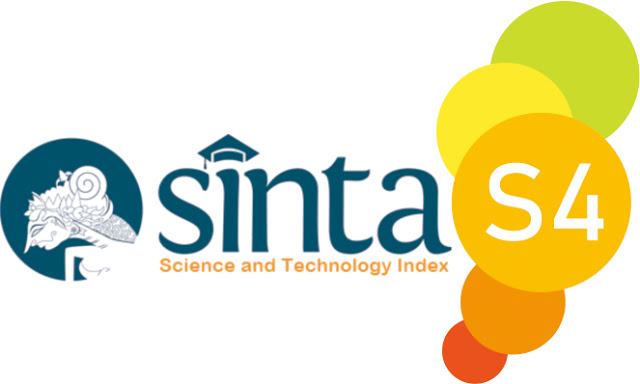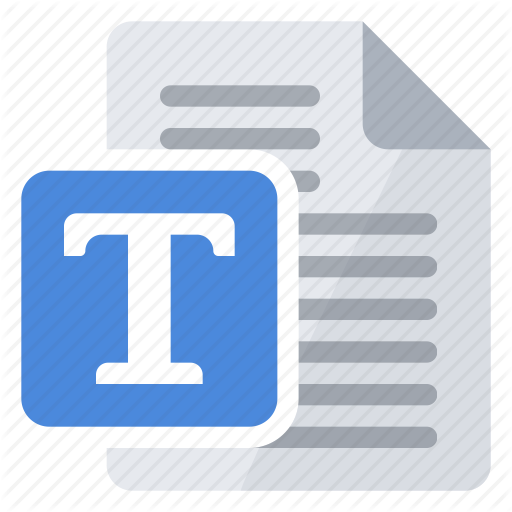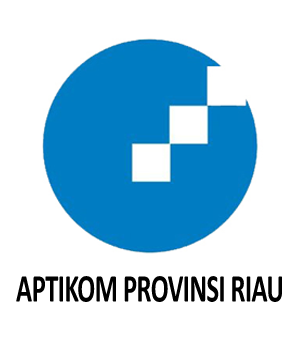Analysis of MyPertamina Application Acceptance Using a Modified Technology Acceptance Model (TAM)
Abstract
The rapid development of digital technology has driven PT Pertamina to launch the MyPertamina application as a solution to support the efficient and transparent distribution of subsidized fuel. However, the implementation of this application has encountered various technical complaints from users, including bugs, registration difficulties, and transaction issues, raising concerns about public acceptance of the technology. This study aims to analyze the factors influencing the acceptance of the MyPertamina application using the Technology Acceptance Model (TAM), which is modified by incorporating external variables such as perceived trust, perceived risk, perceived security, and service quality. A quantitative approach using Partial Least Squares Structural Equation Modeling (PLS-SEM) was employed to analyze data from 391 respondents. The findings indicate that service quality, perceived usefulness, and perceived trust significantly affect the attitude toward use, which subsequently influences the intention to use the application. In contrast, perceived ease of use, perceived risk, and perceived security were found to have no significant effect on the attitude toward use. These results provide strategic insights for the development and improvement of MyPertamina's digital services to enhance public acceptance.
Downloads
References
S. Suryadi, “Peranan perkembangan teknologi informasi dan komunikasi dalam kegiatan pembelajaran dan perkembangan dunia pendidikan,” vol. 3, no. 3, 2015.
S. Ravel, “Paling Banyak Dikonsumsi, Pertalite Jadi BBM Favorit Masyarakat.” [Online]. Available: https://otomotif.kompas.com/read/2022/03/14/072200715/paling-banyak-dikonsumsi-pertalite-jadi-bbm-favorit-masyarakat
F. D. Muliawati, “Yang Berhak Minum BBM Subsidi Harus Daftar QR Code, Ini Cara Mudahnya.” [Online]. Available: https://www.cnbcindonesia.com/news/20240906102054-4-569691/yang-berhak-minum-bbm-subsidi-harus-daftar-qr-code-ini-cara-mudahnya
Y. Nurfaizal and R. Wahyudi, “Analisis Penerimaan Sistem Informasi Manajemen BPJS Kesehatan Layanan Primary Care di UPTD Puskesmas Kabupaten Banyumas,” J. Teknol. Inf. dan Ilmu Komput., vol. 9, no. 5, pp. 977–984, 2022, doi: 10.25126/jtiik.2022945372.
M. A. Almaiah et al., “Investigating the Role of Perceived Risk, Perceived Security and Perceived Trust on Smart m-Banking Application Using SEM,” Sustain., vol. 15, no. 13, pp. 1–17, 2023, doi: 10.3390/su15139908.
M. T. Hidayat, Q. Aini, and E. Fetrina, “Penerimaan Pengguna E-Wallet Menggunakan UTAUT 2 ( Studi Kasus ) ( User Acceptance of E-Wallet Using UTAUT 2 – A Case Study ),” vol. 9, no. 3, pp. 239–247, 2020.
A. Ariyanto, I. Ivantan, and P. Purwanti, “Pengaruh Kualitas Produk dan Harga terhadap Kepuasan Konsumen Yang Berdampak pada Loyalitas Pelanggan Pemakai Paket Data Internet Indosat Ooredoo (Studi Pada Mahasiswa Prodi Manajemen S-1 Universitas Pamulang),” Ekon. J. Econ. Bus., vol. 6, no. 2, p. 668, 2022, doi: 10.33087/ekonomis.v6i2.623.
M. Nasir, “Evaluasi Penerimaan Teknologi Informasi Mahasiswa di Palembang Menggunakan Model UTAUT,” no. 12, pp. 36–40, 2013.
F. D. Davis, “Information Technology Introduction,” vol. 13, no. 3, pp. 319–340, 1989.
I. Valda, A. Faroqi, and E. M. Safitri, “Evaluasi Faktor Penerimaan Nasabah Terhadap Aplikasi Mobile Banking Syariah Menggunakan Modifikasi Tam (Studi Kasus: Bsi Mobile),” J. Inform. dan Tek. Elektro Terap., vol. 12, no. 3, 2024, doi: 10.23960/jitet.v12i3.4828.
R. F. Jatnika, I. Kaniawulan, and D. Singasatia, “ANALISIS PENERIMAAN APLIKASI MYPERTAMINA MENGGUNAKAN METODE TECHNOLOGY ACCEPTANCE MODEL (TAM),” vol. 14, no. 2, pp. 347–357, 2023.
S. Aisyah, E. Saputra, N. E. Rozanda, and T. K. Ahsyar, “Evaluasi Usability Website Dinas Pendidikan Provinsi Riau Menggunakan Metode System Usability Scale,” vol. 7, no. 2, pp. 125–132, 2021.
H. Sujono and B. Santoso, “Analisis Kualitas E-Learning dalam Pemanfaatan Web Conference sebagai Media Belajar Mahasiswa.”.
G. Imam, Aplikasi Analisis Multivariate Dengan Program IBM SPSS. 2018.
S. Nurfa’izin, T. Puspitasari, S. Widiyanti, and I. Hartati, “Prosiding SNST ke-6 Tahun 2015,” Pros. SNST ke-6, no. 6, pp. 207–215, 2015.
H. Ghozali, Imam; Latan, Partial Least Squares: Konsep, Teknik dan Aplikasi Menggunakan Program SmartPLS 3.0 untuk Penelitian Empiris. Badan Penerbit UNDIP, 2015.
D. H. Perkasa and M. Magito, “Determinan Faktor Blue Economy Dalam Aplikasi Praktis Sdm Perhotelan Di Pulau Tidung Kepulauan Seribu,” Jesya, vol. 7, no. 1, pp. 840–852, 2024, doi: 10.36778/jesya.v7i1.1495.
A. Juliandi, “Structural Equation Model Partial Least Square (SEM-PLS) Menggunakan SmartPLs,” Jangan Belajar, vol. 1, no. was, pp. 1–4, 2018.
M. Hair, J. F., Hult, G. T. M., Ringle, C. M., & Sarstedt, A Primer on Partial Least Squares Structural Equation Modeling (PLS-SEM). SAGE Publications, 2021.
D. Hafisah and G. Irawanti, “PERAN CUSTOMER VALUE DALAM MEMEDIASI GREEN MARKETING TERHADAP KEPUTUSAN PEMBELIAN MOBIL LOW COST GREEN CAR (LCGC) PADA DEALER TRI MANDIRI SEJATI DAIHATSU SAMPIT,” vol. 8, no. 2, pp. 185–200, 2023.
Copyright (c) 2025 M. Ailza Sifaul Anam, Asif Faroqi, Asif Faroqi, Tri Lathif Mardi Suryanto

This work is licensed under a Creative Commons Attribution-ShareAlike 4.0 International License.
This is an open-access article distributed under the terms of the Creative Commons Attribution-ShareAlike 4.0 International License which permits unrestricted use, distribution, and reproduction in any medium. Users are allowed to read, download, copy, distribute, search, or link to full-text articles in this journal without asking by giving appropriate credit, provide a link to the license, and indicate if changes were made. All of the remix, transform, or build upon the material must distribute the contributions under the same license as the original.















